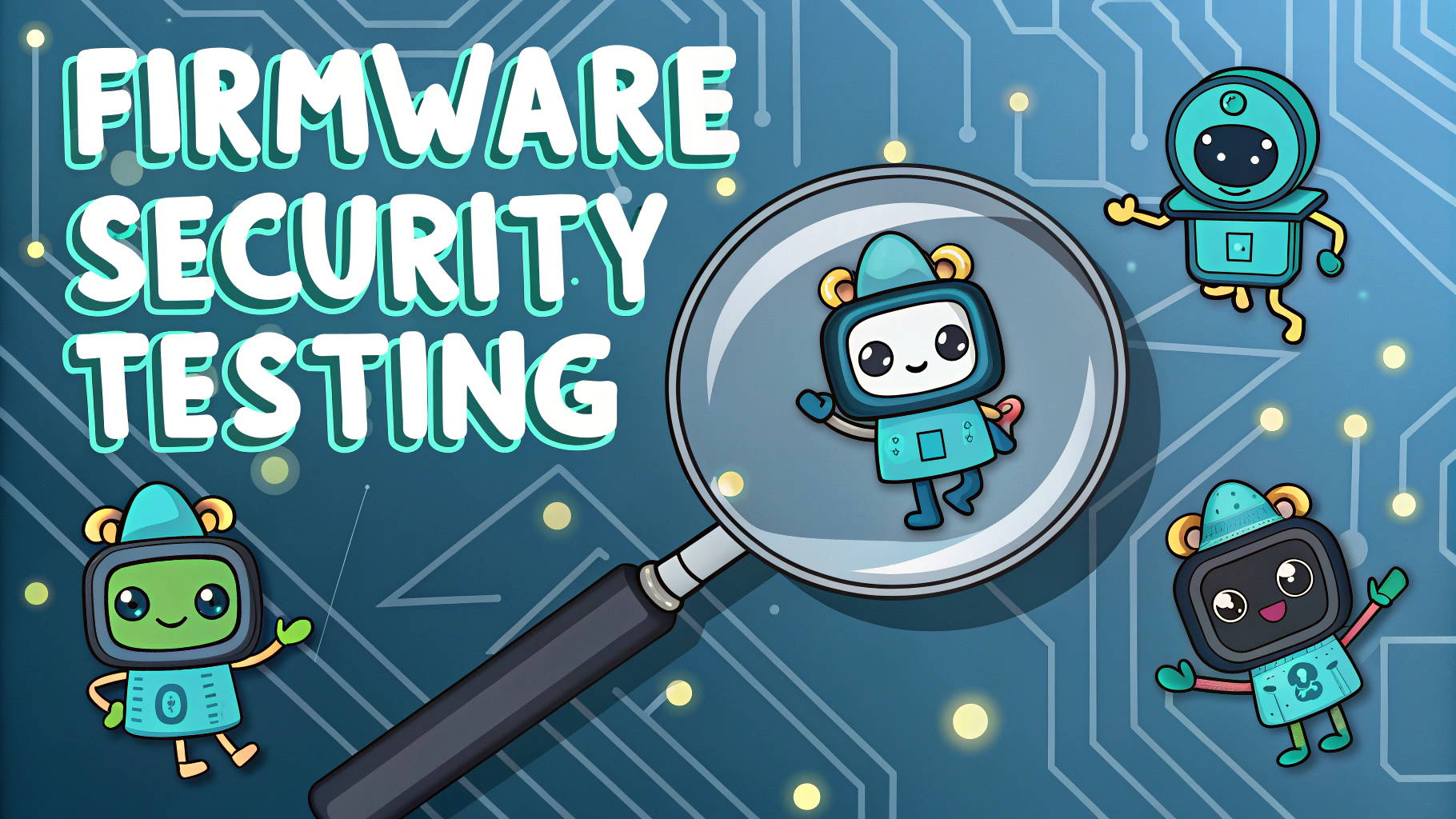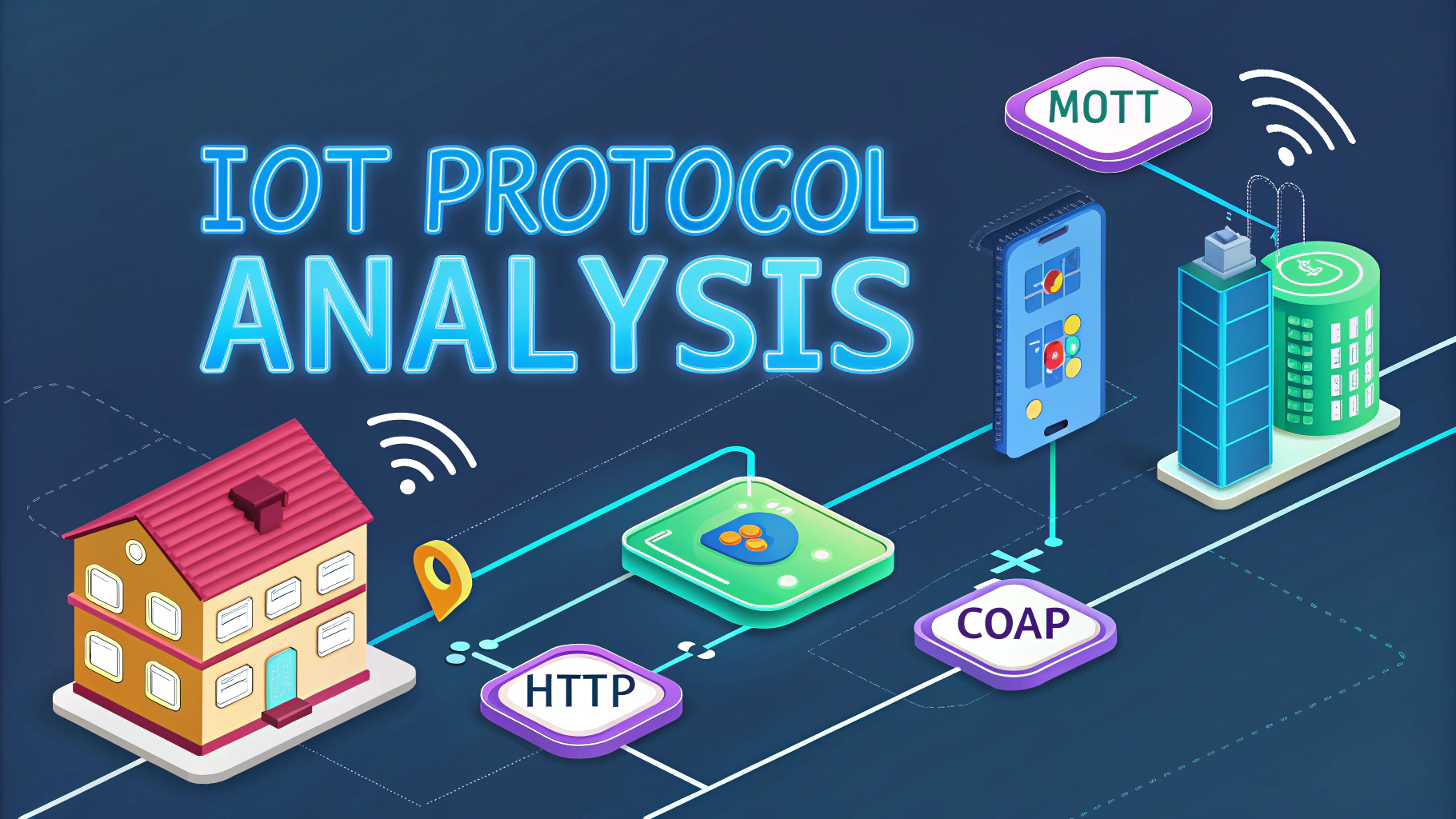A well-configured lab environment forms the foundation for learning penetration testing and cybersecurity skills.
Setting up your first lab requires careful planning to create a safe, isolated space where you can practice offensive security techniques without legal risks.
This guide walks through the essential components and setup process for building an effective penetration testing lab at home.
Basic Lab Requirements
- A dedicated computer with at least 8GB RAM and 250GB storage
- Virtualization software (VirtualBox or VMware)
- Separate network segment or VLAN for lab activities
- Operating systems and vulnerable machines for testing
Recommended Lab Setup Components
Start with these core elements to build your penetration testing lab:
- Attack Machine: Kali Linux or Parrot Security OS
- Target Systems: Metasploitable, DVWA, OWASP BWA
- Network Equipment: Basic router with VLAN support
- Documentation Tools: CherryTree or OneNote for notes
Step-by-Step Lab Setup
- Install virtualization software on your host machine
- Download and install Kali Linux as your primary attack platform
- Set up vulnerable machines in isolated network
- Configure host-only network adapter in virtualization software
- Test connectivity between machines
Recommended Vulnerable Machines
| Machine Name | Difficulty | Focus Area |
|---|---|---|
| Metasploitable 2 | Beginner | Linux vulnerabilities |
| DVWA | Beginner-Intermediate | Web applications |
| Vulnhub VMs | Various | Mixed scenarios |
Network Security Considerations
- Never connect lab network to the internet
- Use NAT or host-only networking
- Enable firewall rules to contain traffic
- Regularly snapshot VMs for quick recovery
Additional Tools and Resources
- VulnHub – Download vulnerable VMs
- VirtualBox – Free virtualization platform
- Kali Linux – Penetration testing OS
Safety and Legal Considerations
Always obtain proper authorization before testing any systems or networks.
Keep lab traffic isolated from production networks and the internet.
Document all testing activities and maintain proper security controls.
Getting Started With Your Lab
Begin with basic enumeration and scanning exercises on Metasploitable 2.
Progress to web application testing using DVWA.
Join online communities like Hack The Box for additional practice environments.
Maintaining Your Lab Environment
- Regular updates of attack and target systems
- Periodic backups of important configurations
- Clean state restoration after testing sessions
- Resource monitoring and optimization
Advanced Lab Configurations
Enterprise Scenarios
- Active Directory testing environment
- Network segmentation with multiple VLANs
- Custom vulnerable applications
- Automated deployment scripts
Specialized Testing Areas
- Mobile application testing environment
- IoT device testing setup
- Cloud security labs
- Wireless network testing zone
Troubleshooting Common Issues
- VM performance optimization
- Network connectivity problems
- Resource allocation conflicts
- Snapshot management issues
Expanding Your Testing Capabilities
Consider these advanced additions to enhance your lab:
- Security monitoring tools
- Traffic analysis systems
- Automated testing frameworks
- Custom exploitation environments
Building Your Security Journey
A well-maintained penetration testing lab is essential for continuous skill development and safe practice of security techniques.
Start with basic configurations and gradually expand based on your learning objectives and interests.
Remember to prioritize isolation and safety while exploring new security concepts and tools.
FAQs
- What are the minimum hardware requirements for setting up a basic penetration testing lab?
A basic lab requires at least 8GB RAM, an Intel i5/AMD equivalent processor or better, 250GB storage, and virtualization support enabled in BIOS. - Which virtualization software is recommended for beginners?
Oracle VirtualBox is recommended for beginners due to its free availability, user-friendly interface, and cross-platform compatibility. - What operating systems should I install in my first pentesting lab?
Start with Kali Linux as the attack machine and Windows 10 or Ubuntu as target machines. These provide a good balance of common vulnerabilities and real-world scenarios. - How can I ensure my lab environment is isolated from my main network?
Configure your virtual machines to use Host-Only or Internal Network adapter settings in your virtualization software to create an isolated environment. - What are the essential tools I should have in my first lab setup?
Essential tools include Nmap for network scanning, Metasploit for exploitation, Wireshark for packet analysis, and Burp Suite for web application testing. - How much disk space should I allocate for each virtual machine?
Allocate at least 50GB for Kali Linux and 40GB for each target machine. Additional space may be needed depending on the tools and applications you plan to install. - Should I take snapshots of my virtual machines?
Yes, create snapshots of clean installations before starting any testing. This allows you to quickly restore machines to their original state if they become unstable or compromised. - What security measures should I implement in my lab environment?
Disable internet access for vulnerable machines, use strong passwords, ensure proper network isolation, and never store sensitive data in lab environments. - How can I practice legally and ethically in my lab?
Only perform testing within your isolated lab environment, use legally obtained software and systems, and avoid attacking any external networks or systems. - What vulnerable machines should I start with for practice?
Begin with purposely vulnerable machines like Metasploitable, DVWA (Damn Vulnerable Web Application), and VulnHub images designed for learning.








